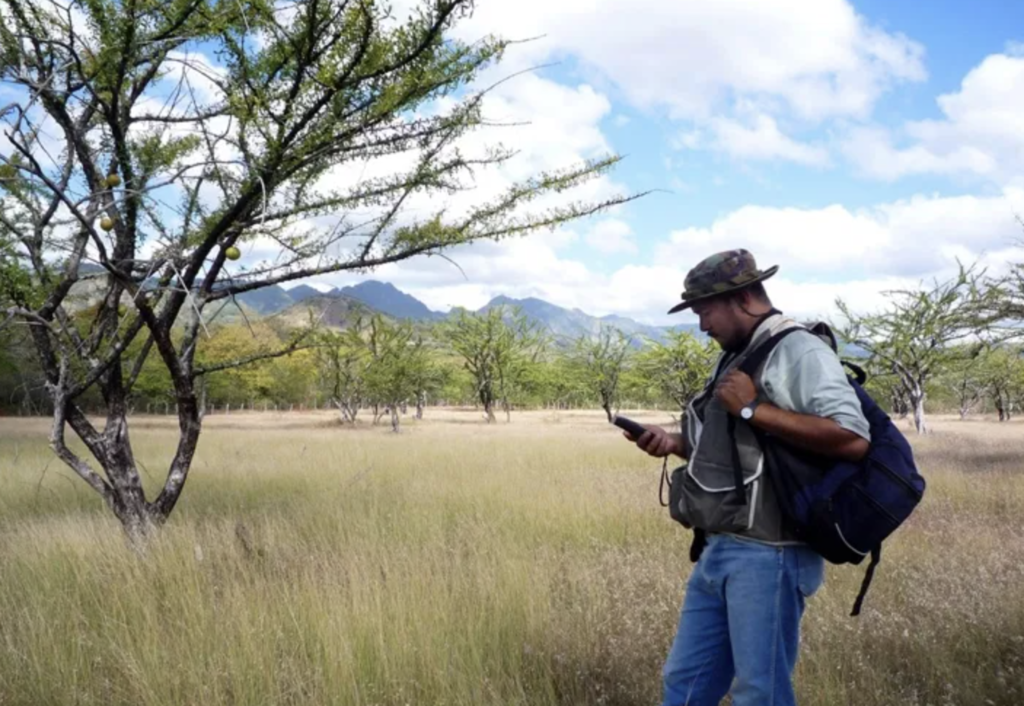Pollution is a problem that none of us wants to deal with, but it’s going to affect all of us one way or another. We can all make a difference by reducing our carbon footprint in one way or another, and if we want to really affect climate change, we need to get larger companies on board with this too. If you’re interested in making a difference and want to use carbon offsetting to do it, read on for details.
What Carbon Offsetting Is
Carbon offsetting refers to all efforts made to lower an individual’s or organization’s carbon footprint. It can be an initiative designed to crowdfund climate change initiatives, for example. The money gathered by carbon offsetting can go toward a number of different projects, ranging from greenhouse gas control to green energy alternatives to fossil fuels. There are many different carbon offsetting projects available globally, and while many of them are good-faith attempts at improving the environment, choosing the right one is still important.
If you take the time to compare electricity providers and budget your electric rates with the money you plan on spending on carbon offsetting, it doesn’t have the break the bank. One example of a carbon offset project is to reuse a source of natural gas that’s otherwise polluting the atmosphere as an electric supply. Coal mines, both abandoned and active, are major sources of methane gas when they reach the end of their useful lifespan and are generally hazardous by themselves, even without the climate change dangers they pose, making them prime candidates for repurposing into more useful locations.
How It Helps
The responsibility for carbon offsetting initiatives largely lies with the people who receive money from fundraising efforts. The scope of any given green energy project will vary, with some being smaller and more manageable and others being loftier by definition. You’ll need to investigate each renewable energy effort individually, and donating to such causes is not guaranteed to bring results. Ultimately, anything from insufficient funding to mismanagement could hamstring a project’s efforts. That being said, many companies doing carbon offset work are nonprofit organizations and are dedicated to their work. With cooperation from both individuals and governmental bodies, clean energy solutions don’t have to have an effect on your electric bill, either.
What To Do
The first and cheapest thing you can do to decrease your carbon footprint is to make a few basic changes around your home and your daily life. You can reduce your personal energy usage by both using only as much heating or cooling as you need and minimizing and properly disposing of waste. If you want to spend money on a carbon offset, the first thing you should do is make sure you’re actually willing to part with the money, as there are always risks involved in business investment. You should also do as much research on the company you’re giving your money to, as you can to mitigate those risks if you want your money to be used as efficiently as possible. After you’re happy with the goals of the carbon offset plan you want to fund, you’re ready to take the final step and help fund the project.
Climate change is a problem that affects everyone, and it will take a lot of effort from a lot of people to solve. Carbon offset programs make more substantial climate change options accessible to more people, and it’s great that they can make a difference. Greater coordination between people and countries is required if we want to solve the problem entirely. Even if you don’t have the capital to invest in reducing global warming, though, you can still make a difference in how you live every day.

